Introduction
Sloths are fascinating creatures with their slow-paced, relaxed lifestyle and unique appearance. Their gentle nature and adorable looks make them perfect subjects for coloring pages that can capture the imagination of children. If you’re looking for fun and engaging activities for kids, sloth coloring pages offer a delightful way to combine creativity with a love for animals. In this post, we’ll explore ten enchanting sloth coloring pages that will provide hours of artistic enjoyment.
Age Range: Who Can Enjoy These Coloring Pages?
Sloth coloring pages are versatile and can be enjoyed by a wide range of age groups. Here’s a quick overview of who can benefit from these charming pages:
Toddlers (Ages 2-4)
- Simple, large illustrations of sloths hanging from trees or relaxing can help toddlers develop fine motor skills and hand-eye coordination.
- The bright, easy-to-color designs can engage their attention and encourage early artistic expression.
Preschoolers (Ages 4-6)
- Preschoolers can enjoy more detailed sloth coloring pages that feature sloths in various fun poses or interacting with other animals.
- These pages can help improve their color recognition and creativity while providing a soothing activity.
Early Elementary (Ages 6-8)
- Sloth coloring pages with more intricate designs can challenge early elementary children and keep them engaged.
- Coloring these pages can enhance their attention to detail and fine motor skills while giving them a sense of accomplishment.
Older Kids (Ages 8-12)
- For older kids, sloth coloring pages with complex patterns and scenes can be both challenging and relaxing.
- This age group can experiment with different coloring techniques and create personalized artworks that reflect their own style.
Fun Facts About Sloths
Sloths are not only adorable but also fascinating creatures. Here are some intriguing facts about sloths that kids might enjoy:
- Slow Movers: Sloths move at an incredibly slow pace, traveling only about 0.03 miles per hour. This slow movement helps them conserve energy.
- Three-Toed: Most sloths have three toes on each limb, although there are also two-toed species. Their unique limbs help them grip branches tightly.
- Algae Coating: Sloths have a greenish tinge to their fur due to algae that grow on them. This helps them blend in with the trees and avoid predators.
- Specialized Diet: Sloths eat mostly leaves, which are low in nutrients. To digest their food, they have a slow metabolism and large stomachs.
- Long Sleepers: Sloths can sleep up to 20 hours a day. They have a low-energy lifestyle that matches their slow movements.
- Good Swimmers: Despite their slow movement on land, sloths are excellent swimmers. They can hold their breath for up to 40 minutes underwater.
- Few Predators: Their slow movement and camouflage help sloths avoid predators. Their main threats in the wild are eagles, jaguars, and humans.
- Unique Digestion: Sloths have a specialized digestive system that allows them to process their food slowly, taking up to a month to fully digest a meal.
- Social Creatures: While sloths are generally solitary, they do communicate with each other through vocalizations and scent marking.
- Ancient Relatives: Sloths have ancient relatives that lived millions of years ago, some of which were as large as elephants!
Explore 10 Sloth Coloring Pages For Kids
Sloth Coloring Page 1 for Kids
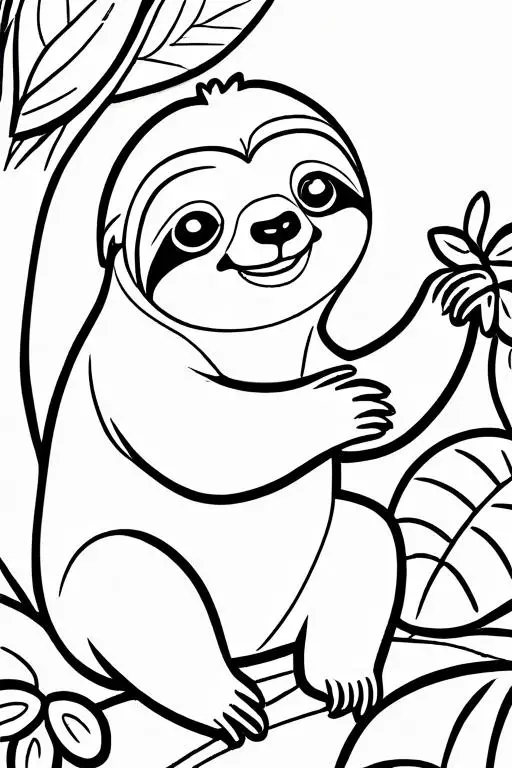
Sloth Coloring Page 2 for Kids

Sloth Coloring Page 3 for Kids
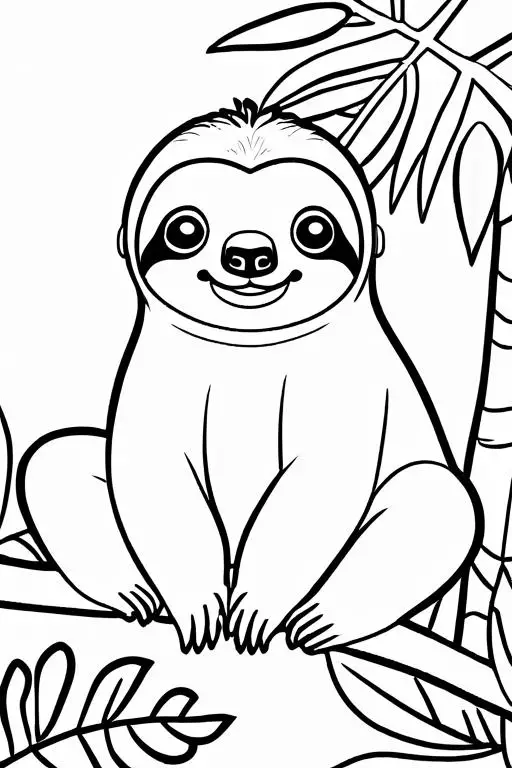
Sloth Coloring Page 4 for Kids

Sloth Coloring Page 5 for Kids

Sloth Coloring Page 6 for Kids

Sloth Coloring Page 7 for Kids
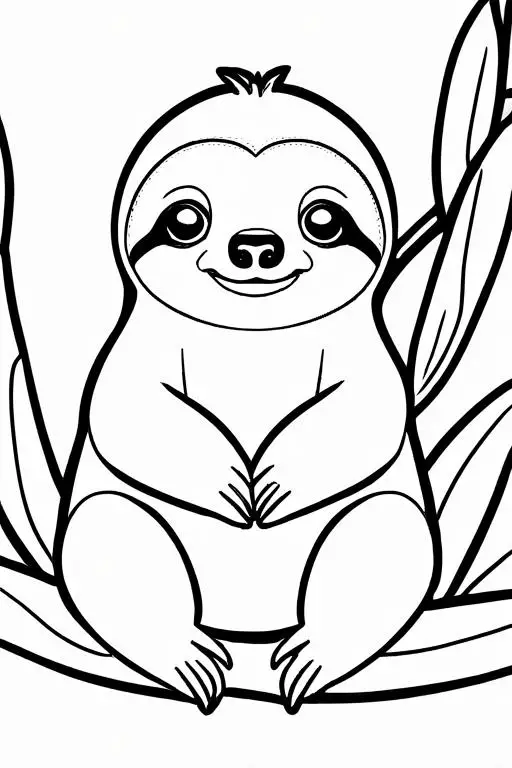
Sloth Coloring Page 8 for Kids

Sloth Coloring Page 9 for Kids

Sloth Coloring Page 10 for Kids


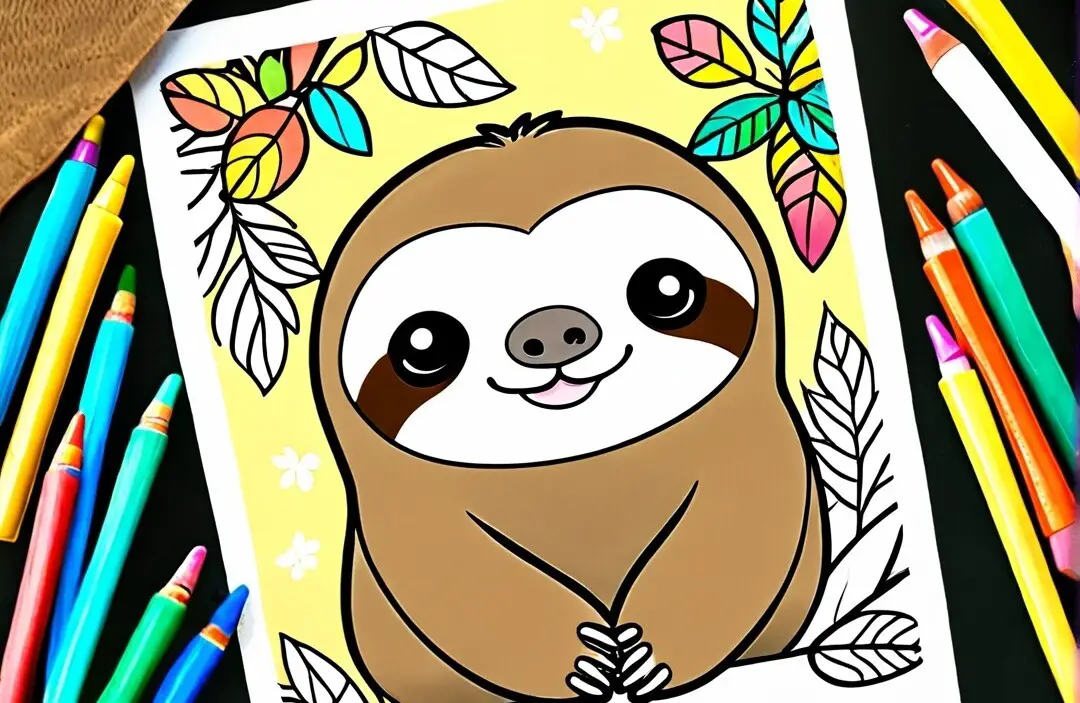
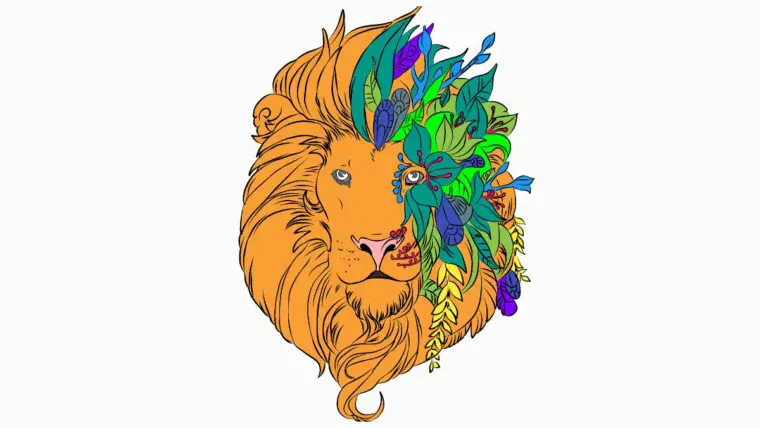
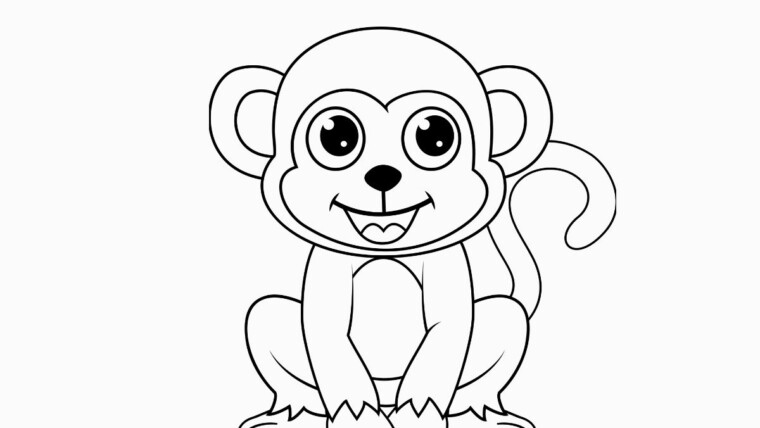
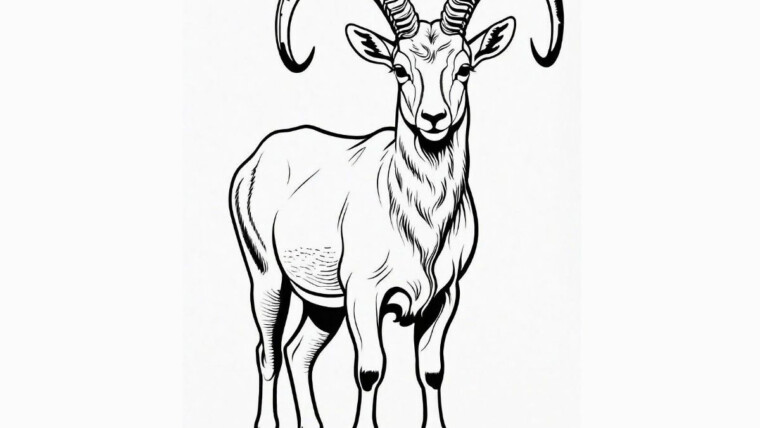
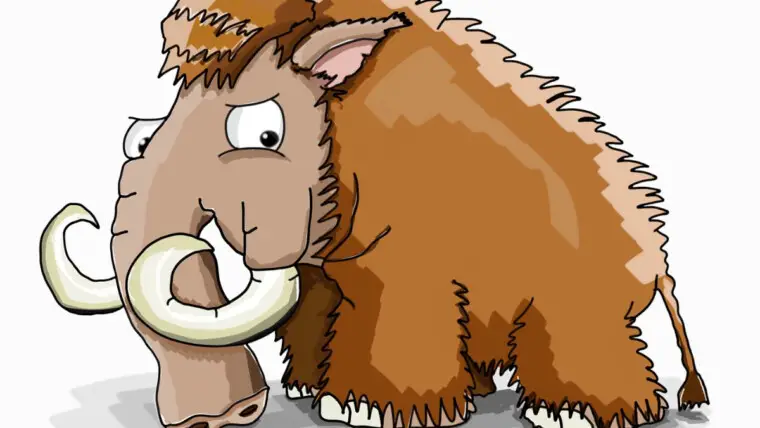
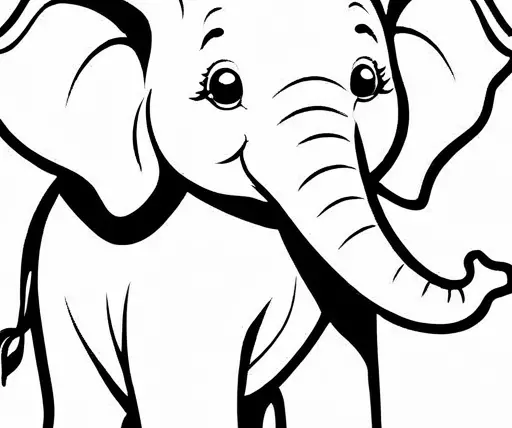
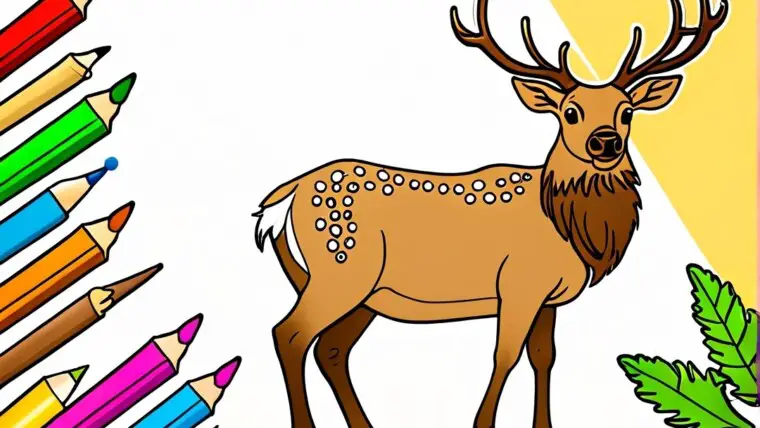
Maze Rampage Kids Activity Books: Unlock Fun and Learning for Toddlers and Preschoolers!
Engage Your Creative Mind with 2,500+ Free Adult Coloring Pages
100 Wasp Coloring Pages For Kids
48 Termite Coloring Pages For Kids